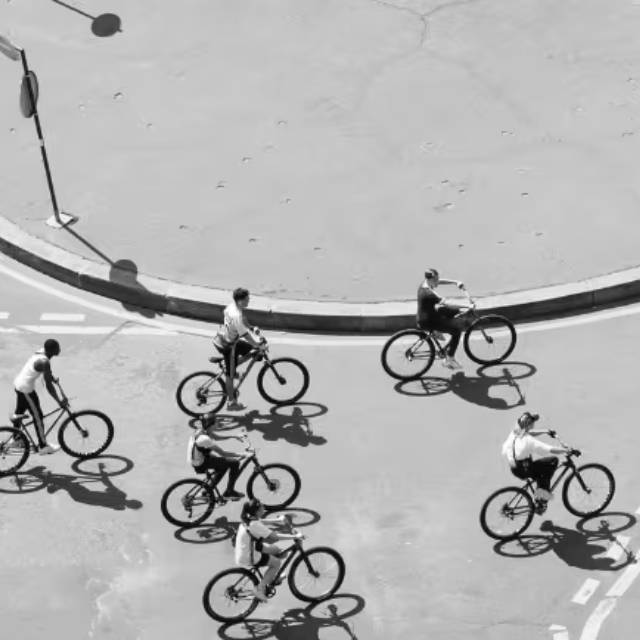Los Angeles Wants a Car-Free Olympics, But It’ll Need Private Sector Partners
Written by: Marta Anadón Rosinach | May 17, 2025 | Time to read 4 min
Los Angeles is dreaming big with a car-free Olympic Games in 2028, but it’ll need more than government ambition to become a reality. It’s time to let startups and micromobility innovators take the wheel.

More about the Author: Marta Anadón Rosinach
Engineer by training, I spent years at Uber in Strategic Finance and Operations across Europe and the US. I led Upway's US launch—joining the funding team and scaling the e-Bike business. I'm also a proud mom of two toddler boys, a baby girl, and an energetic Dalmatian.

LA’s “transit-first” vision for the Olympics
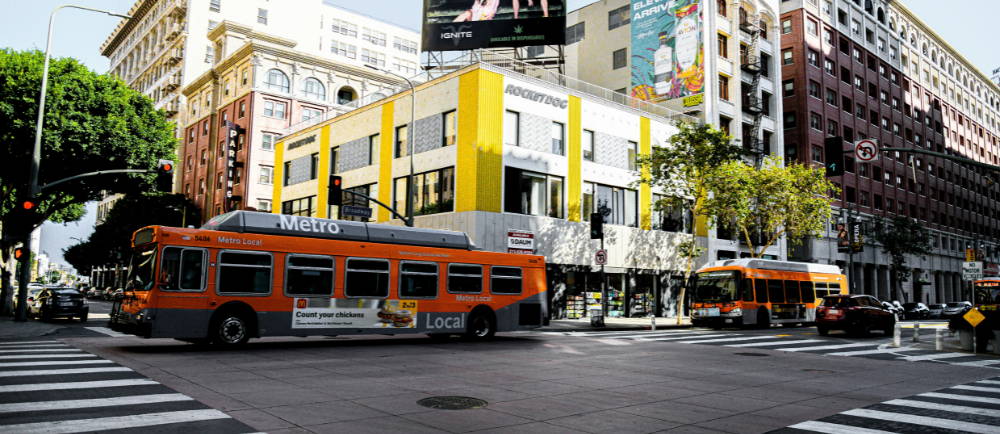
The Los Angeles Metro’s expansion plans are slow-moving, budget constraints are real, and major proposals like monorails or rapid bus lines are stuck in bureaucratic limbo. But a car-free Olympics doesn’t have to rely on multi-billion-dollar infrastructure overhauls. There’s a faster, smarter, and more viable part of the solution: bikes and e-Bikes.
🤝 Looking for a sweet deal?
Get an even better discount when you sell your old electric bike!
Click here for a price estimation!
Micromobility makes a big difference
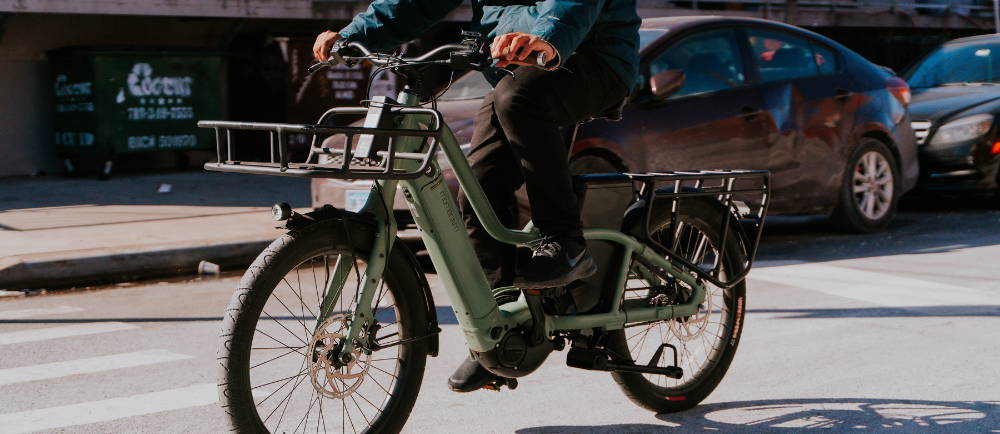
Partnering with private sector players
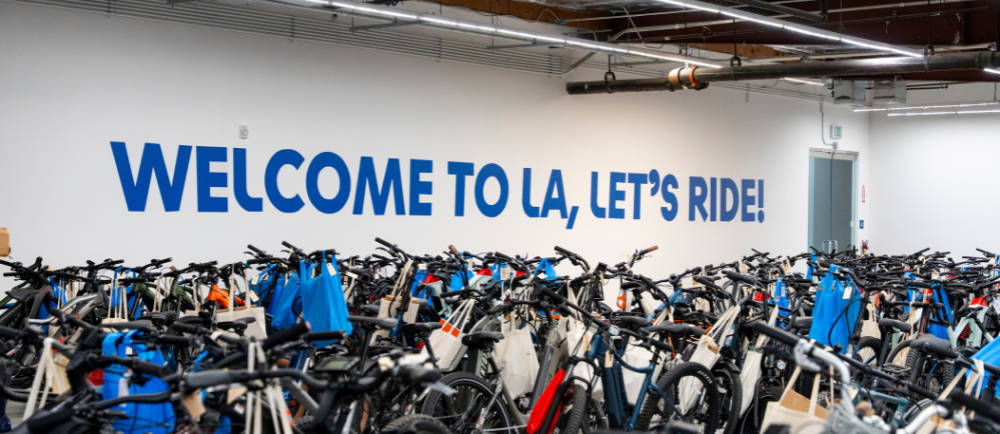
Tech, mobility, and advertising companies have the capital, agility, and incentive to make a large-scale deployment of bikes and e-Bikes happen fast. My company, Upway, which refurbishes and resells e-Bikes, chose LA as our second U.S. market for a reason. And we’re not alone— many startups in the mobility space are thriving here, but are often left out of the conversation when it comes to transportation planning.
Let’s imagine the scenario where that changes. What would happen if LA treated startups and established micromobility businesses as core infrastructure partners for the Olympics? Moving from sidelined players to crucial partners, we could make the difference in getting the city closer to its bold car-free goals.
How LA’s “car-free” Olympics could work
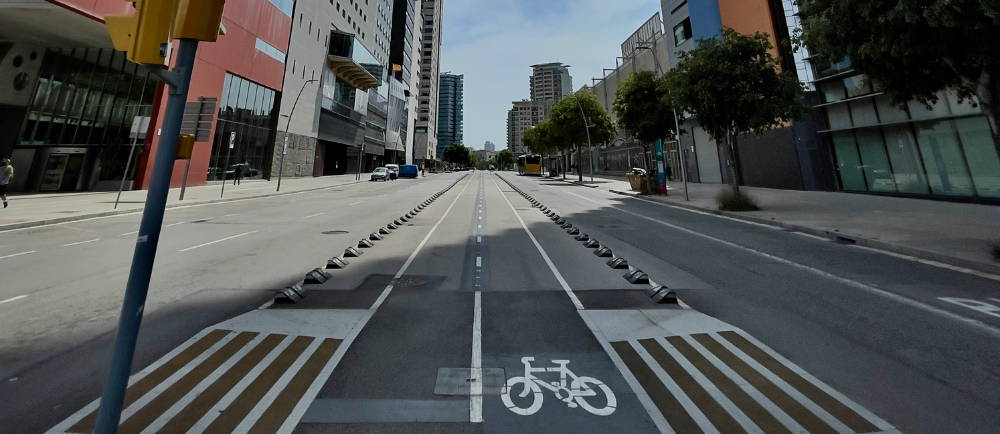
The playbook is simple: allow private companies to saturate high-traffic areas with bikes and e-Bikes, build temporary infrastructure for charging and storage, and in return, offer them high-profile branding opportunities. This could take the form of Nike-sponsored bike depots, Uber-backed mobility hubs, and Red Bull-branded e-Bike stations placed strategically across the city.
The marketing ROI from exposure to in-person attendees and millions of global spectators, along with the demonstrated success of these mobility solutions, makes this a smart investment for companies in transportation, energy, and mobility.
This is how LA makes a car-free Olympics work. Not by relying solely on slow public initiatives, but by embracing the innovation engine that defines the American private sector. LA is already a global center for entertainment and advertising, and, with the right strategy, it could become a global model for sustainable, car-free mega-events like the Olympic Games.
Los Angeles has a choice: continue fighting gridlock with half-measures, or empower the private sector to help build a real solution. A car-free Olympics isn’t impossible— it just needs the right players to be let in.
Key Takeaways
- Public transit alone won’t cut it: LA’s infrastructure plans are too slow and too underfunded to support a car-free Olympics by 2028 without private help.
- Micromobility is the missing piece: Bikes and e-Bikes are ideal for short, dense Olympic trips, and require far less investment than major transit projects.
- Private sector partnerships are essential: Startups and mobility companies can deploy fast, branded micromobility networks— if LA brings them to the table.
